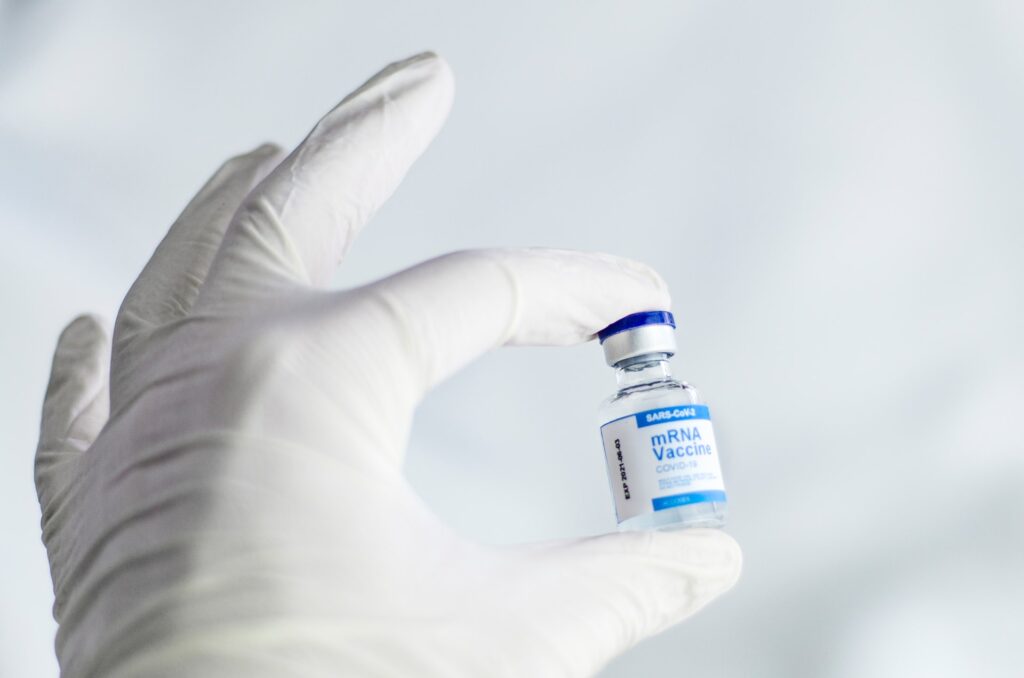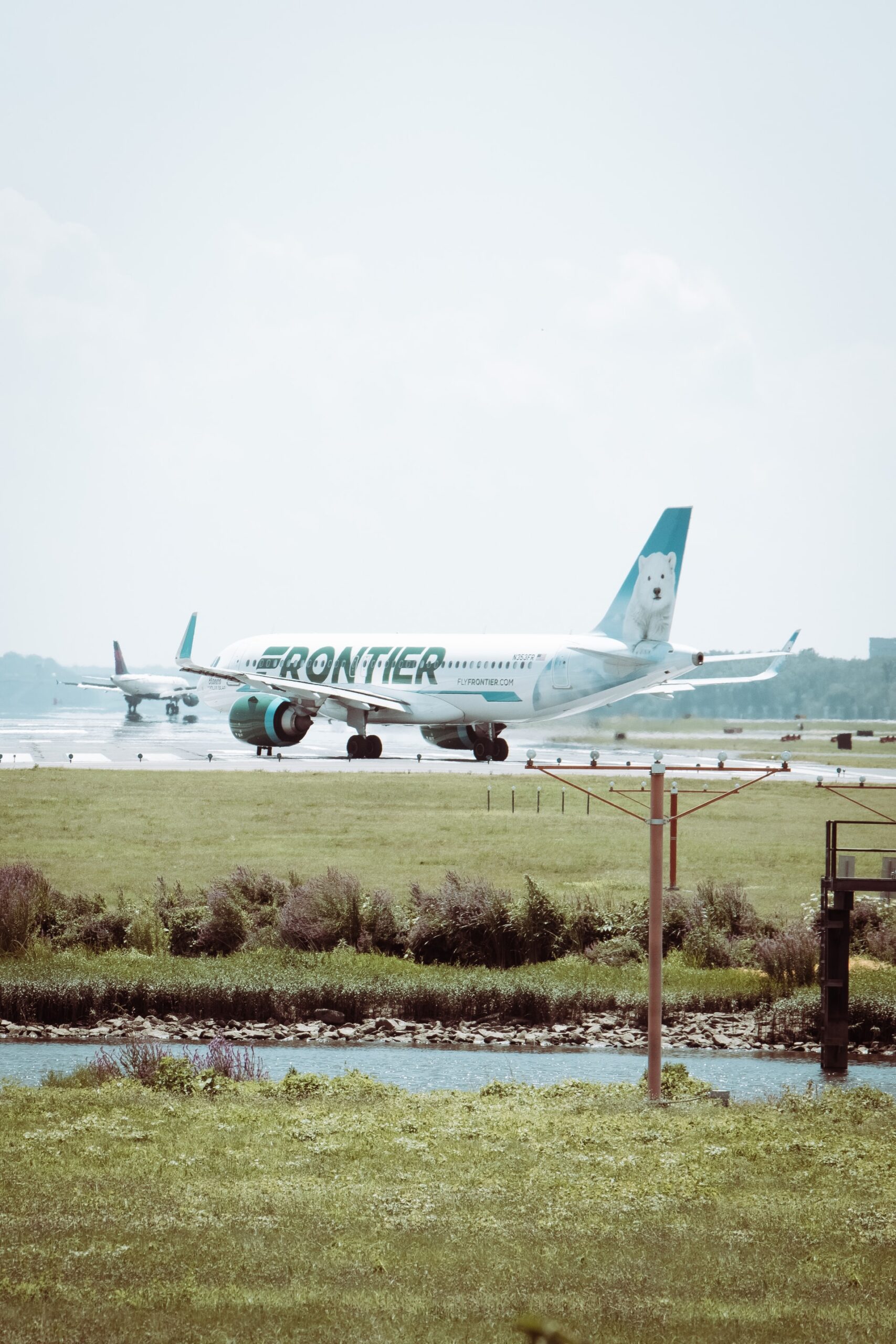The Food and Drug Administration announced on Monday that the Pfizer-BioNTech COVID-19 vaccine, now to be known as Comirnaty, has been fully approved for those 16 years of age and older. It had previously been only approved for emergency use, and it is the initial vaccine to be fully approved by the organization.
As a result of this endorsement, it is expected that an increasing number of employers, universities and others will start mandating its use amongst their employees, students and others.
But how might the full approval of this vaccine affect travel in the coming days, weeks and months?

It is too early to tell for sure, but it appears likely that more transportation companies will require their employees to get vaccinated. For example, Amtrak had already stated that all of its employees must be fully vaccinated by Nov. 1, and a number of airlines, including Frontier Airlines and United Airlines, have done the same, and they will now probably be joined by others.
It is possible that passengers aboard those vehicles may need to be vaccinated as well although that development is less likely to occur in the near future. It is also unknown if this will result in a vaccination requirement being put into place for those entering the country from abroad. The current regulations simply require all incoming travelers to provide a negative recent COVID-19 test result.
Regardless of what new regulations may be put into place, travel should be safer as it is expected that this announcement will increase vaccination rates across the country. Of course, many of those who are adamant about not getting vaccinated will likely not be swayed by this news, but those who were on the fence, as well as those who will now be required through their job or otherwise, will be.
As of Tuesday, 63% of adult Americans are fully vaccinated against the COVID-19 virus. The states setting the pace for full vaccinations amongst adults are the five New England states: Vermont (77%), Connecticut (77%), Massachusetts (76%), Maine (76%) and Rhode Island (75%). The ones at the bottom include Arkansas (45%), Mississippi (46%), West Virginia (47%), Wyoming (48%) and Arkansas (50%).


